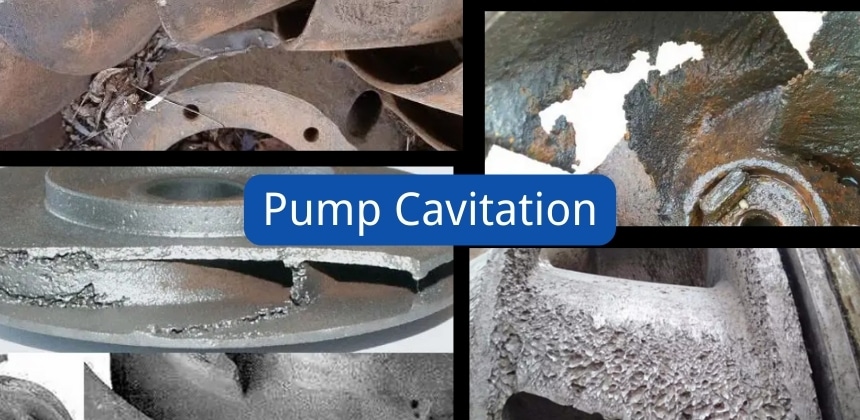Pump Cavitation
Pump cavitation is one of the most common and damaging phenomena that can occur in fluid handling systems. When cavitation happens, it can lead to a significant reduction in pump efficiency, excessive wear, and even complete pump failure if not addressed. But what exactly is cavitation, what causes it, and how can you prevent it?
What is Pump Cavitation?
Simply put, cavitation is the formation of air bubbles in a pump due to pressure fluctuations. When the pump is running, the liquid is sucked into the impeller, where it is accelerated and pushed out at high pressure by the action of the impeller. However, if the pressure inside the pump drops below the vapor pressure of the liquid, the liquid will locally vaporize, forming vapor bubbles. These bubbles will flow with the liquid and quickly rupture as it enters the higher pressure region, creating a shock wave that can severely damage the internal components of the pump.
This process usually results in noise, vibration and corrosion, which are the main manifestations of cavitation. Cavitation can occur in different parts of the pump, such as the impeller or suction port, and significantly reduces system performance.
Causes of Pump Cavitation
- Centrifugal pumps
High flow velocities and low pressure zone formation: Centrifugal pumps rely on the rotation of the impeller to generate centrifugal force to propel the liquid flow. In the impeller inlet region, if the flow rate is too high, the pressure will quickly drop to the vaporization pressure of the liquid, thus forming cavitation.
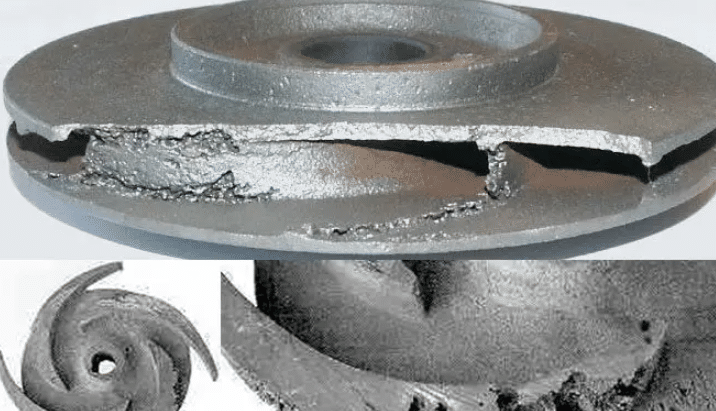
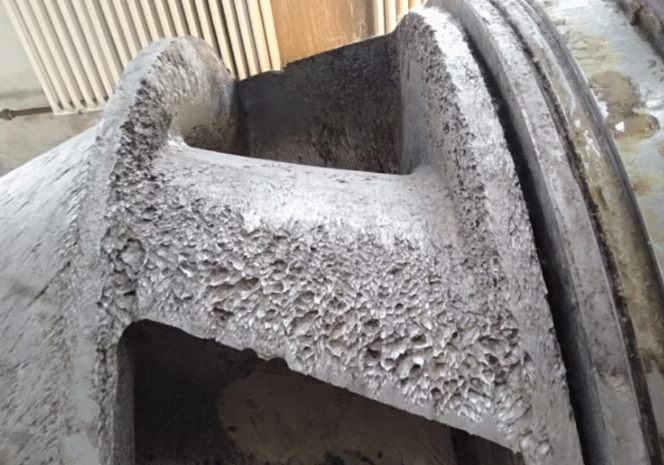
Liquid temperature and inlet pressure: Centrifugal pumps are sensitive to inlet pressure and liquid temperature. Elevated temperatures increase the risk of cavitation, while insufficient inlet pressure can also lead to cavitation more easily.

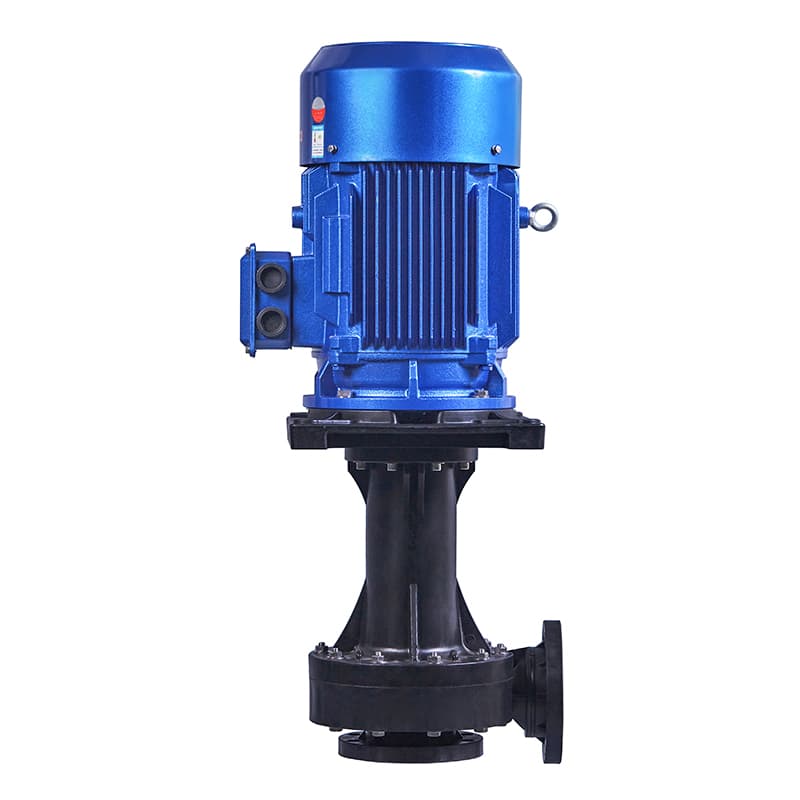
- Positive displacement pumps
Insufficient pressure at the suction side: Positive displacement pumps (e.g., piston pumps, screw pumps(Eccentric Screw Pump)) operate with a low suction pressure due to the periodic expansion and contraction of the pump chamber. Insufficient pressure at the suction side may result in vaporization of the liquid producing air bubbles.
High temperature fluids: Positive displacement pumps are often used to convey high viscosity or high temperature fluids, where the increase in temperature causes the liquid to come closer to the vaporization pressure, increasing the risk of cavitation.
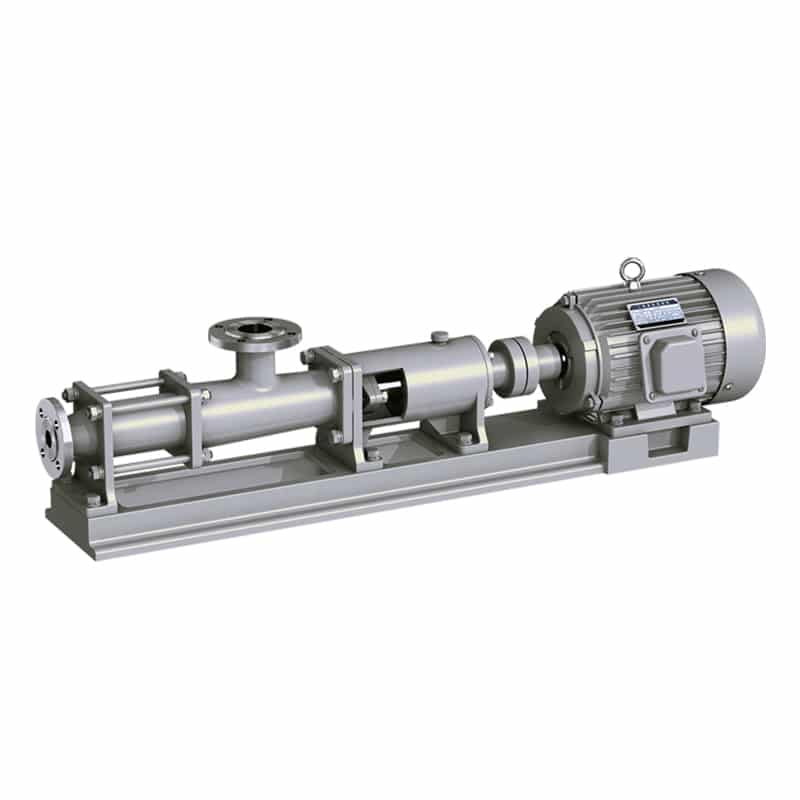
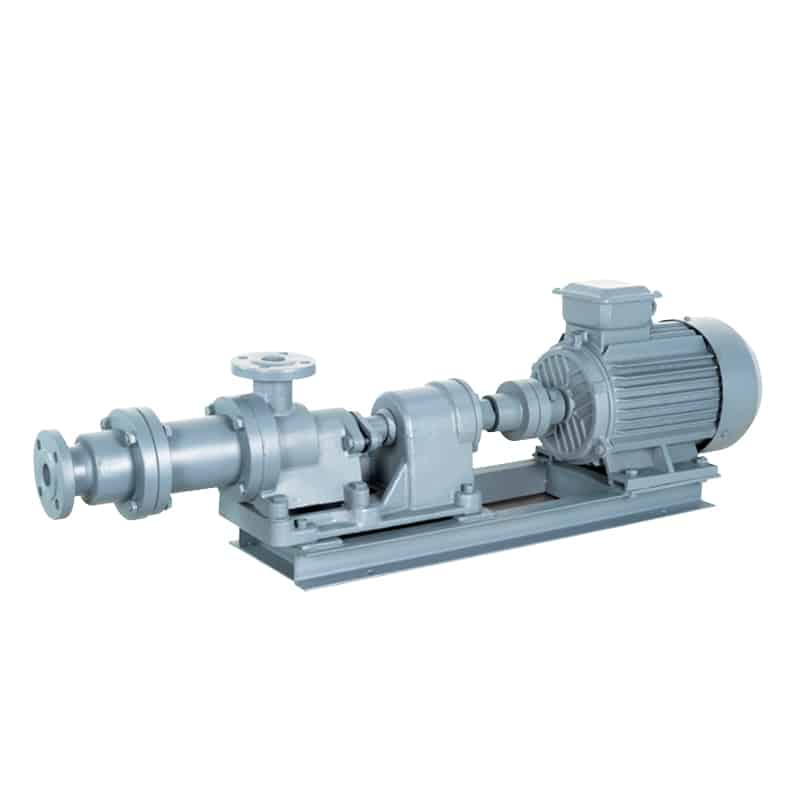
- Axial and mixed flow pumps
High flow conditions: Axial and mixed flow pumps are typically used for high flow, low head applications. High flow rate will lead to accelerated liquid flow rate, so that the local area pressure in the pump is reduced to the vaporization pressure, resulting in cavitation.
Installation height and piping design: these pumps are more sensitive to the installation height and inlet conditions, if the installation is not appropriate or piping resistance is too large, will also cause cavitation.
Types of Pump Cavitation and How to Fix It?
| Cavitation Type | Description | Solutions |
| Inlet Cavitation | Occurs in the pump’s inlet area when the inlet pressure is too low, causing the liquid to vaporize and form bubbles. | 1. Increase the inlet pressure, for example, by lowering the suction height. 2. Increase the diameter of the suction pipe to reduce flow resistance. 3. Improve suction conditions, such as reducing elbows and resistance. |
| Impeller Cavitation | Cavitation bubbles collapse in the impeller area, releasing energy and causing damage to the impeller surface. | 1. Optimize impeller design to reduce low-pressure areas. 2. Reduce pump speed to slow down the flow rate. 3. Use cavitation-resistant materials. |
| Vaporization Cavitation | Caused by local low pressure and high temperature within the pump, leading to vaporization of the liquid and bubble formation. | 1. Control the pump operating temperature to avoid excessive heat. 2. Use a cooling system to lower the liquid temperature. 3. Use pumps designed for high-temperature fluids. |
| Localized Cavitation | Occurs in specific areas of the pump (such as impeller or guide vanes) where low pressure causes vaporization, forming bubbles. | 1. Improve the fluid dynamics design of the pump, optimizing flow paths and impeller structure. 2. Increase flow rate or reduce speed to minimize low-pressure zones. |
| Flow Cavitation | Occurs when the flow rate is too high, causing local pressure to drop and vaporize, forming bubbles. | 1. Reduce flow rate to prevent overspeed operation. 2. Optimize piping design to reduce pipe bends and minimize flow resistance. |
| Cavitation Impacts | Physical damage caused by the shockwaves generated when cavitation bubbles collapse in a high-pressure area. | 1. Use anti-cavitation impeller designs or materials more resistant to shock. 2. Regularly inspect and replace damaged components. |
Summary
Pump cavitation is a serious problem that can have a long-term impact on system performance and pump life. By understanding the causes and effects of cavitation and how to prevent it, we can keep pumps running efficiently and avoid costly repairs and replacements. If signs of cavitation appear, such as unusual noise, vibration or reduced performance, corrective action should be taken immediately to prevent further damage.
At AOBL, we understand the significant impact pump cavitation can have on system performance. Whether you are experiencing cavitation in air operated diaphragm pumps, electric diaphragm pumps, sanitary diaphragm pumps, progressive cavity pumps, magnetic drive pumps, vertical centrifugal pumps, or chemical pumps, our extensive product line is dedicated to minimizing cavitation and ensuring smooth and efficient operation. Our products are designed with advanced technology to prevent cavitation and increase reliability. For any of your pump related needs or questions, please feel free to contact us!

